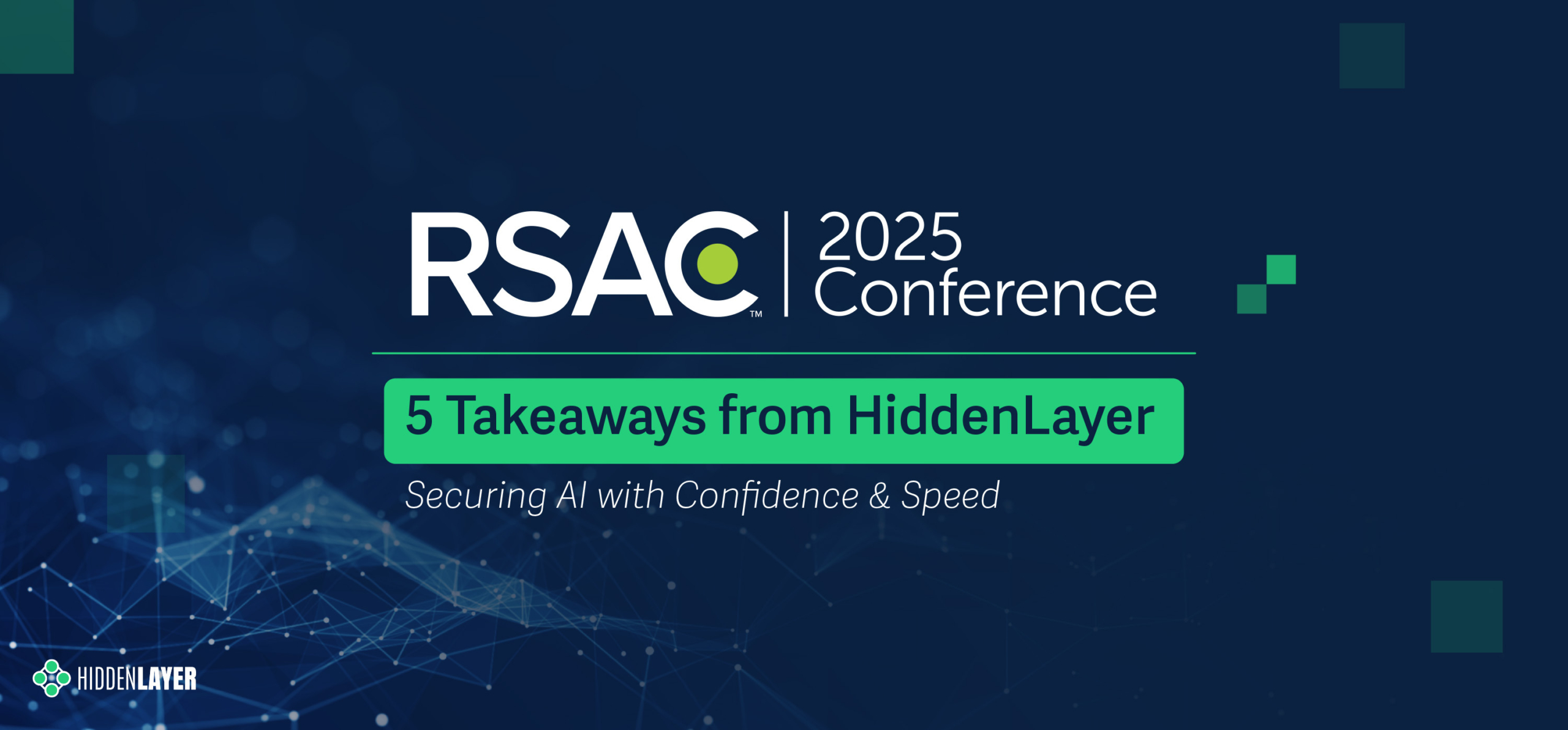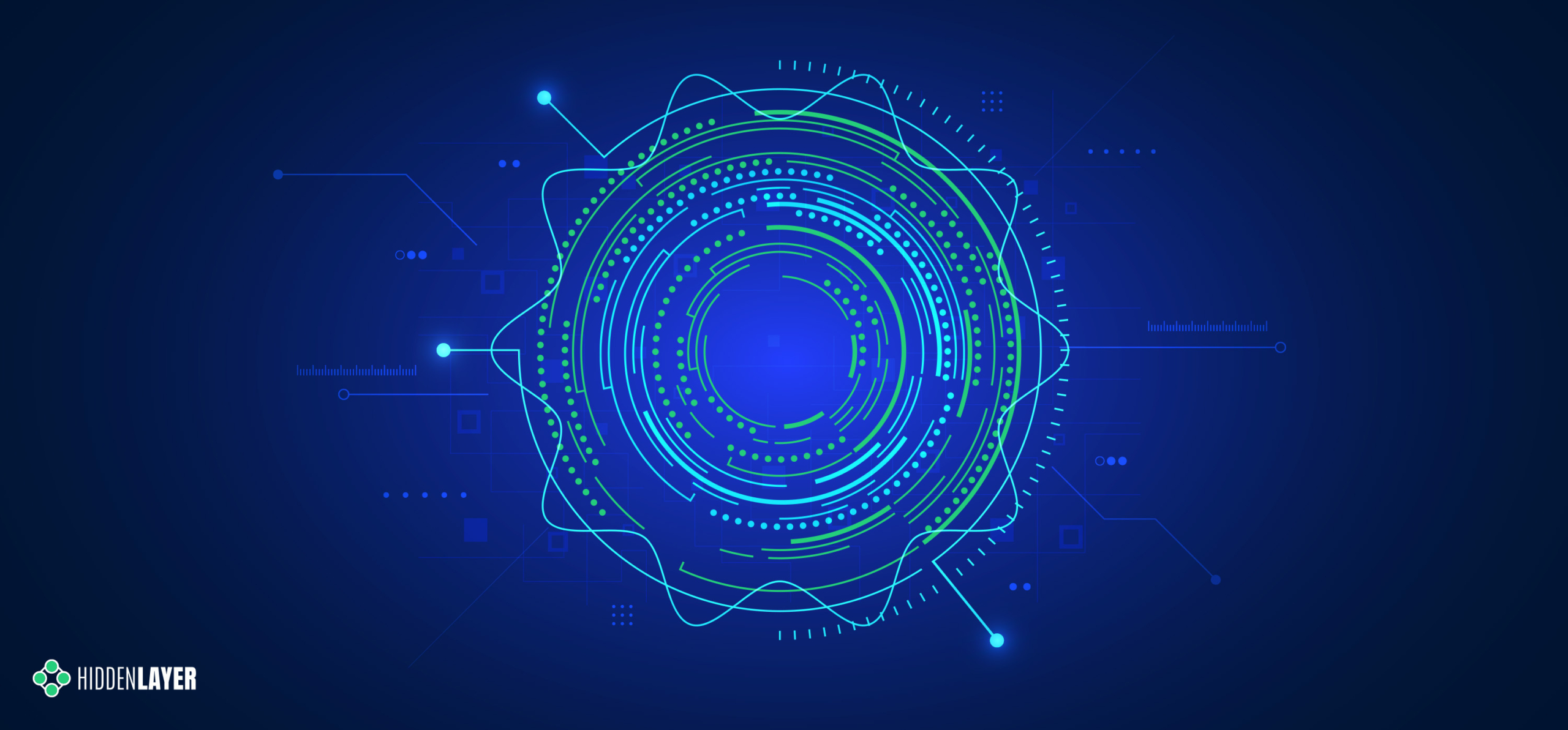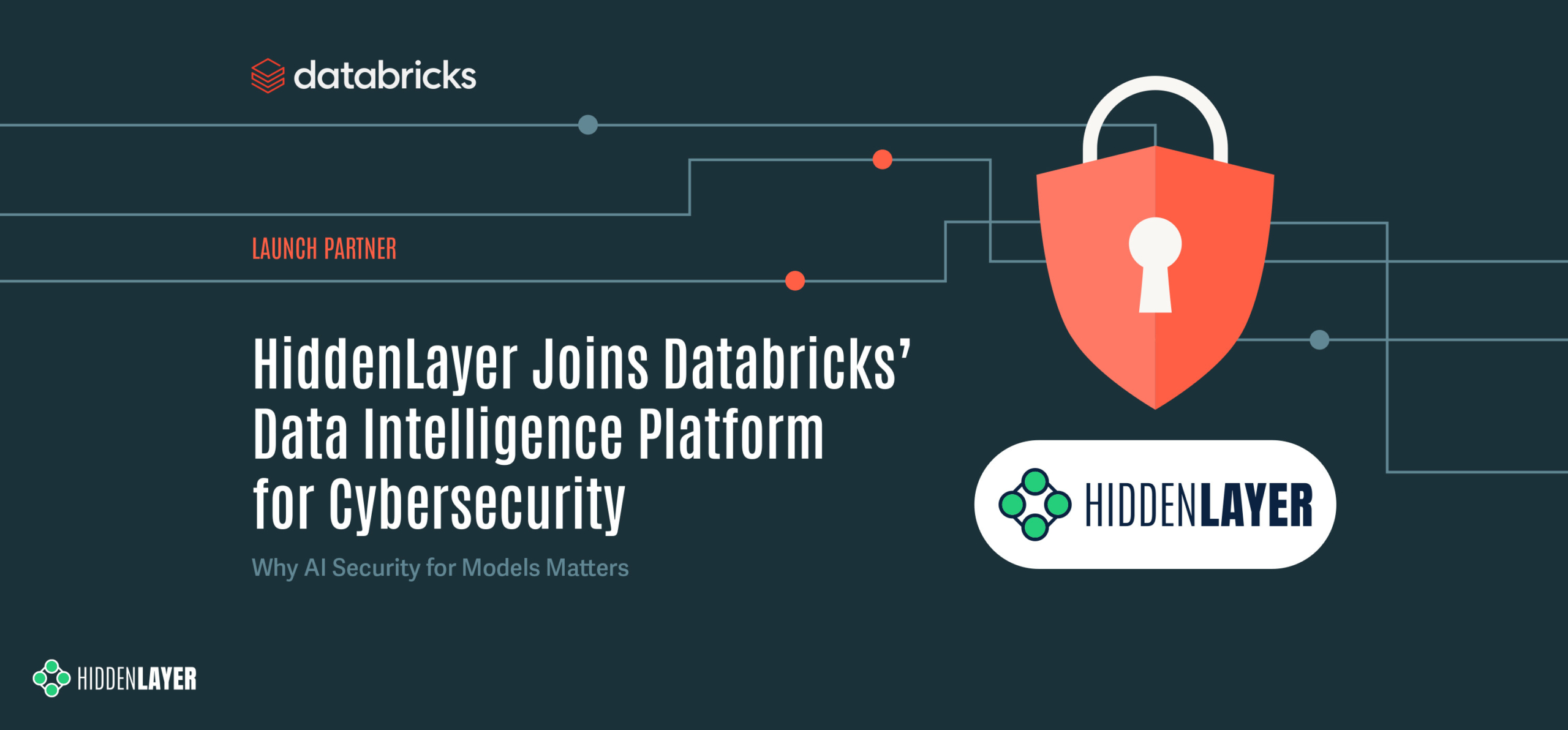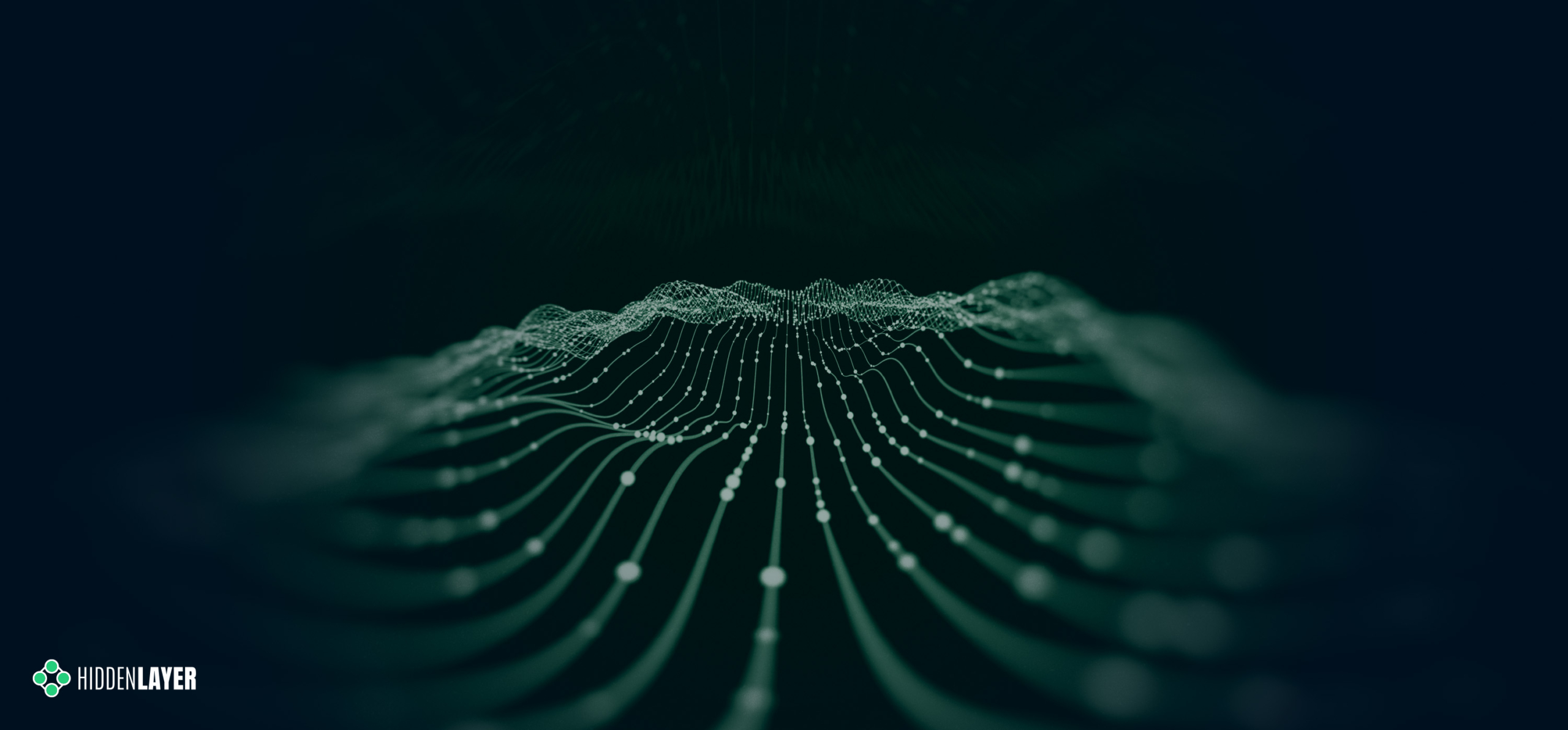RSA Conference 2025 may be over, but conversations are still echoing about what’s possible with AI and what’s at risk. This year’s theme, “Many Voices. One Community,” reflected the growing understanding that AI security isn’t a challenge one company or sector can solve alone. It takes shared responsibility, diverse perspectives, and purposeful collaboration.
After a week of keynotes, packed sessions, analyst briefings, the Security for AI Council breakfast, and countless hallway conversations, our team returned with a renewed sense of purpose and validation. Protecting AI requires more than tools. It requires context, connection, and a collective commitment to defending innovation at the speed it’s moving.
Below are five key takeaways that stood out to us, informed by our CISO Malcolm Harkins’ reflections and our shared experience at the conference
1. Agentic AI is the Next Big Challenge
Agentic AI was everywhere this year, from keynotes to vendor booths to panel debates. These systems, capable of taking autonomous actions on behalf of users, are being touted as the next leap in productivity and defense. But they also raise critical concerns: What if an agent misinterprets intent? How do we control systems that can act independently? Conversations throughout RSAC highlighted the urgent need for transparency, oversight, and clear guardrails before agentic systems go mainstream.
While some vendors positioned agents as the key to boosting organizational defense, others voiced concerns about their potential to become unpredictable or exploitable. We’re entering a new era of capability, and the security community is rightfully approaching it with a mix of optimism and caution.
2. Security for AI Begins with Context
During the Security for AI Council breakfast, CISOs from across industries emphasized that context is no longer optional, but foundational. It’s not just about tracking inputs and outputs, but understanding how a model behaves over time, how users interact with it, and how misuse might manifest in subtle ways. More data can be helpful, but it’s the right data, interpreted in context, that enables faster, smarter defense.
As AI systems grow more complex, so must our understanding of their behaviors in the wild. This was a clear theme in our conversations, and one that HiddenLayer is helping to address head-on.
3. AI’s Expanding Role: Defender, Adversary, and Target
This year, AI wasn’t a side topic but the centerpiece. As our CISO, Malcolm Harkins, noted, discussions across the conference explored AI’s evolving role in the cyber landscape:
- Defensive applications: AI is being used to enhance threat detection, automate responses, and manage vulnerabilities at scale.
- Offensive threats: Adversaries are now leveraging AI to craft more sophisticated phishing attacks, automate malware creation, and manipulate content at a scale that was previously impossible.
- AI itself as a target: Like many technology shifts before it, security has often lagged deployment. While the “risk gap”, the time between innovation and protection, may be narrowing thanks to proactive solutions like HiddenLayer, the fact remains: many AI systems are still insecure by default.
AI is no longer just a tool to protect infrastructure. It is the infrastructure, and it must be secured as such. While the gap between AI adoption and security readiness is narrowing, thanks in part to proactive solutions like HiddenLayer’s, there’s still work to do.
4. We Can’t Rely on Foundational Model Providers Alone
In analyst briefings and expert panels, one concern repeatedly came up: we cannot place the responsibility of safety entirely on foundational model providers. While some are taking meaningful steps toward responsible AI, others are moving faster than regulation or safety mechanisms can keep up.
The global regulatory environment is still fractured, and too many organizations are relying on vendors’ claims without applying additional scrutiny. As Malcolm shared, this is a familiar pattern from previous tech waves, but in the case of AI, the stakes are higher. Trust in these systems must be earned, and that means building in oversight and layered defense strategies that go beyond the model provider. Current research, such as Universal Bypass, demonstrates this.
5. Legacy Themes Remain, But AI Has Changed the Game
RSAC 2025 also brought a familiar rhythm, emphasis on identity, Zero Trust architectures, and public-private collaboration. These aren’t new topics, but they continue to evolve. The security community has spent over a decade refining identity-centric models and pushing for continuous verification to reduce insider risk and unauthorized access.
For over twenty years, the push for deeper cooperation between government and industry has been constant. This year, that spirit of collaboration was as strong as ever, with renewed calls for information sharing and joint defense strategies.
What’s different now is the urgency. AI has accelerated both the scale and speed of potential threats, and the community knows it. That urgency has moved these longstanding conversations from strategic goals to operational imperatives.
Looking Ahead
The pace of innovation on the expo floor was undeniable. But what stood out even more were the authentic conversations between researchers, defenders, policymakers, and practitioners. These moments remind us what cybersecurity is really about: protecting people.
That’s why we’re here, and that’s why HiddenLayer exists. AI is changing everything, from how we work to how we secure. But with the right insights, the right partnerships, and a shared commitment to responsibility, we can stay ahead of the risk and make space for all the good AI can bring.
RSAC 2025 reminded us that AI security is about more than innovation. It’s about accountability, clarity, and trust. And while the challenges ahead are complex, the community around them has never been stronger.
Together, we’re not just reacting to the future.
We’re helping to shape it.




